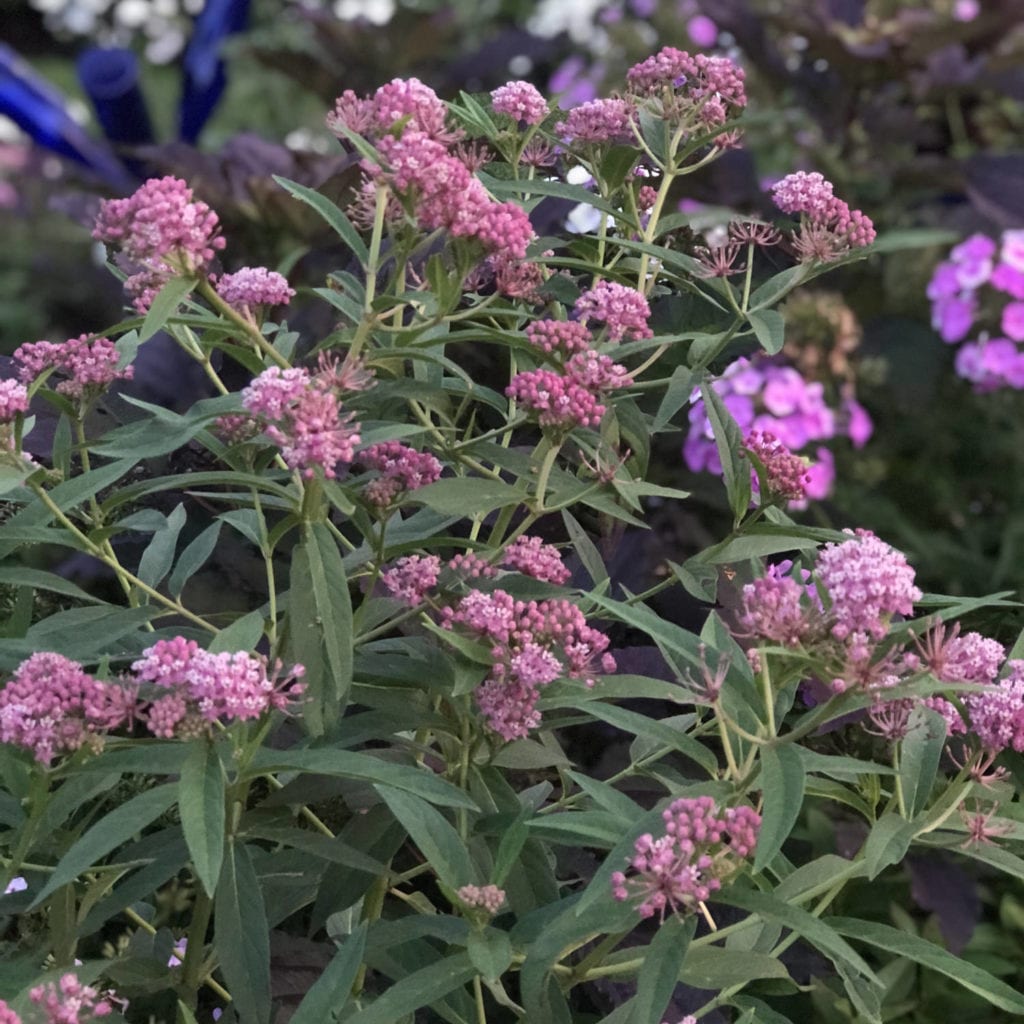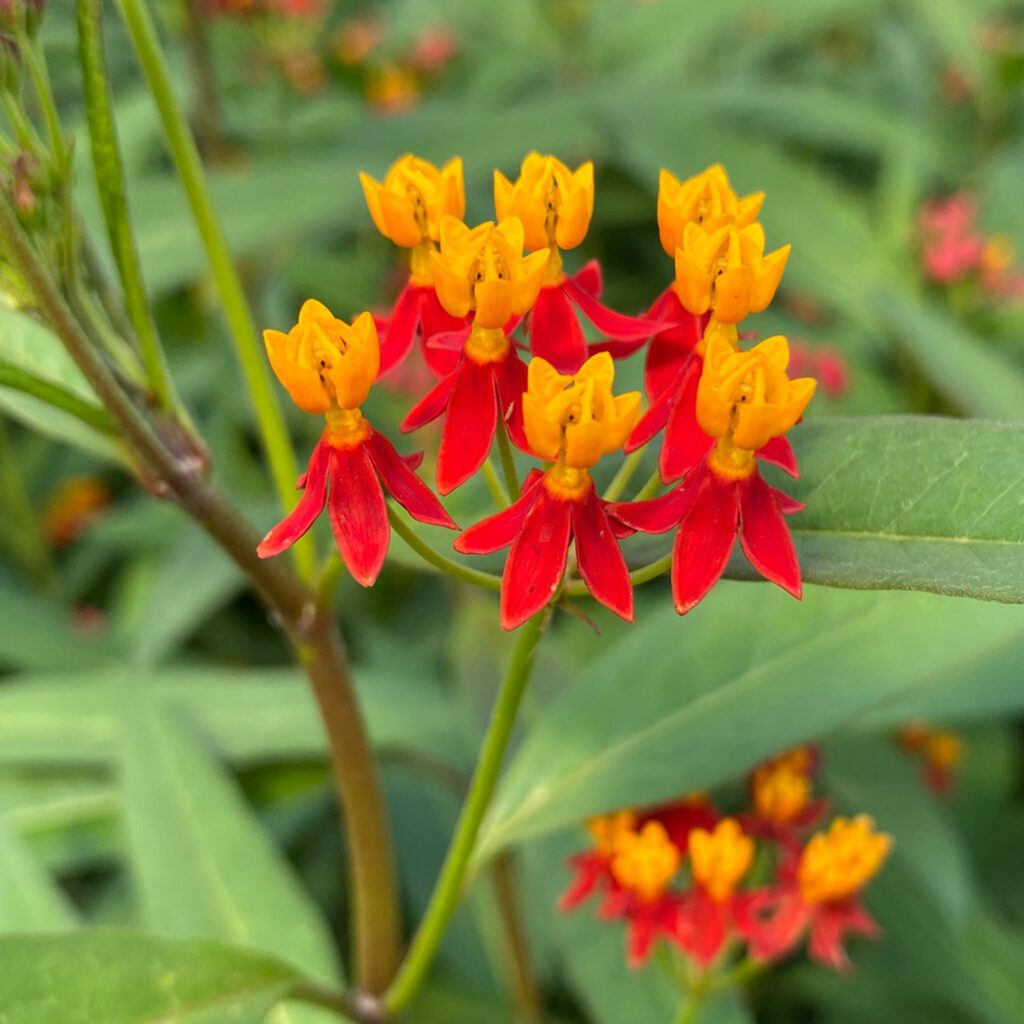
Asclepias ‘Silky Deep Red’
(Milkweed) Layer your garden with Asclepias ‘Silky Deep Red’ and other Milkweed for a Monarch Butterfly paradise. ‘Silky Deep Red’ milkweed forms an upright, long-blooming clump with eye-catching bi-colored blooms. Standing 3-4 feet tall and spreading up to 3 feet wide, Asclepias “silky Deep Red’ features clusters of red buds that open to bicolor red

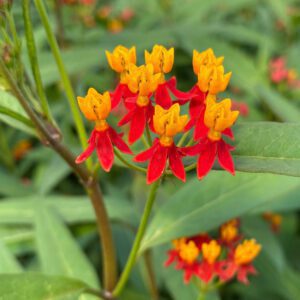
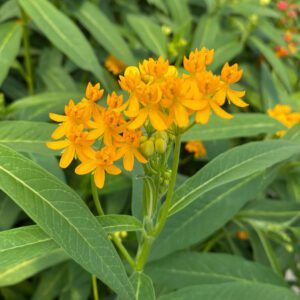
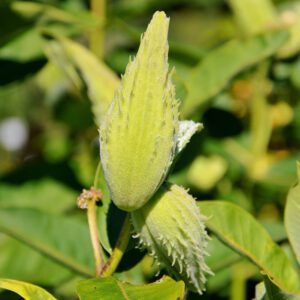
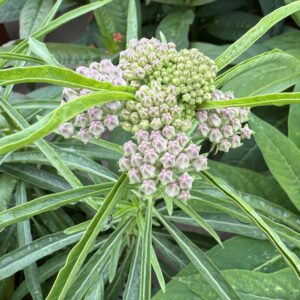
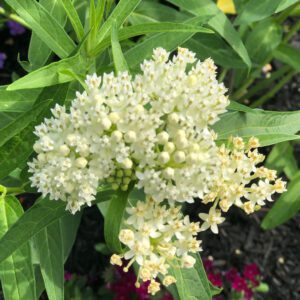
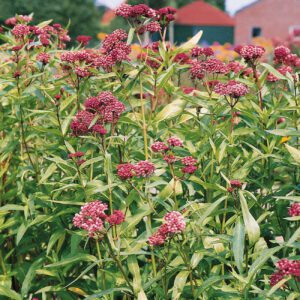
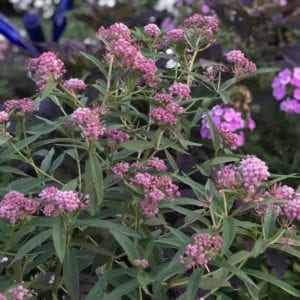
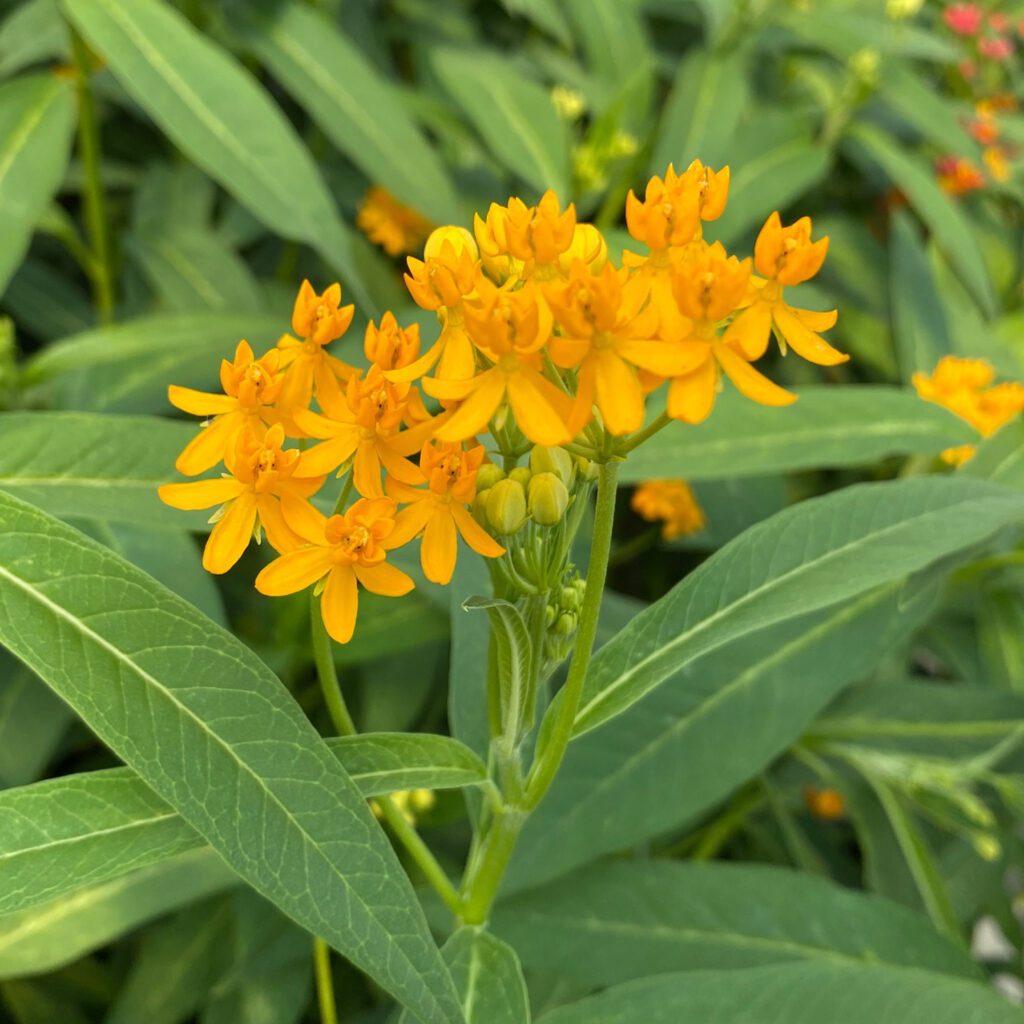
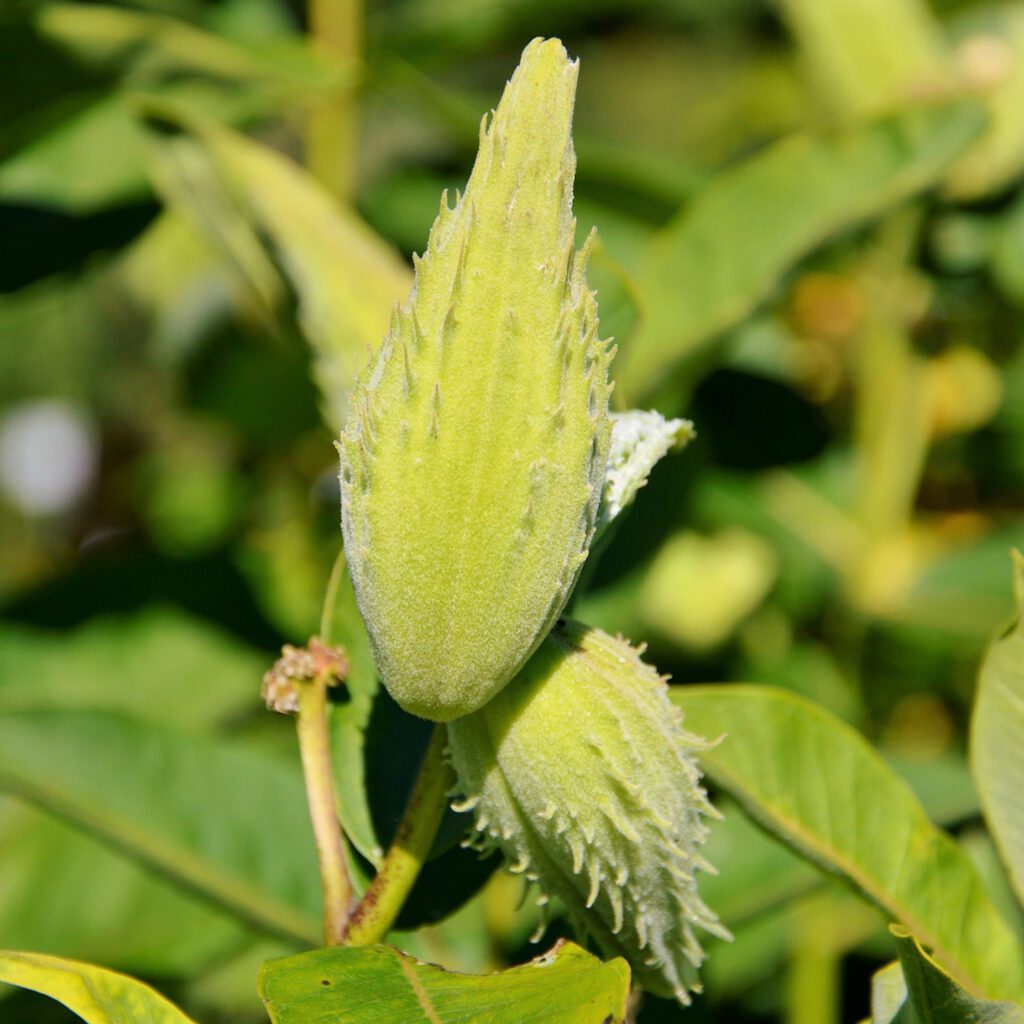
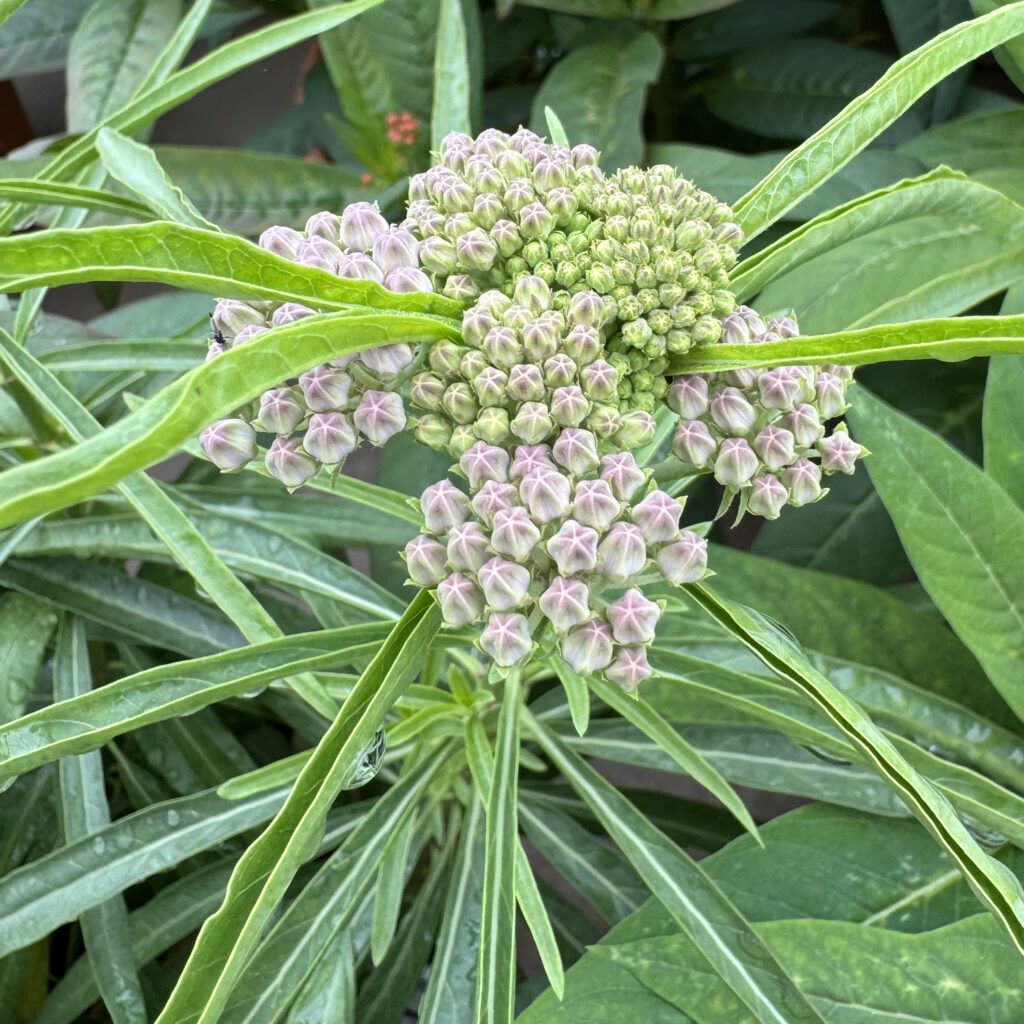
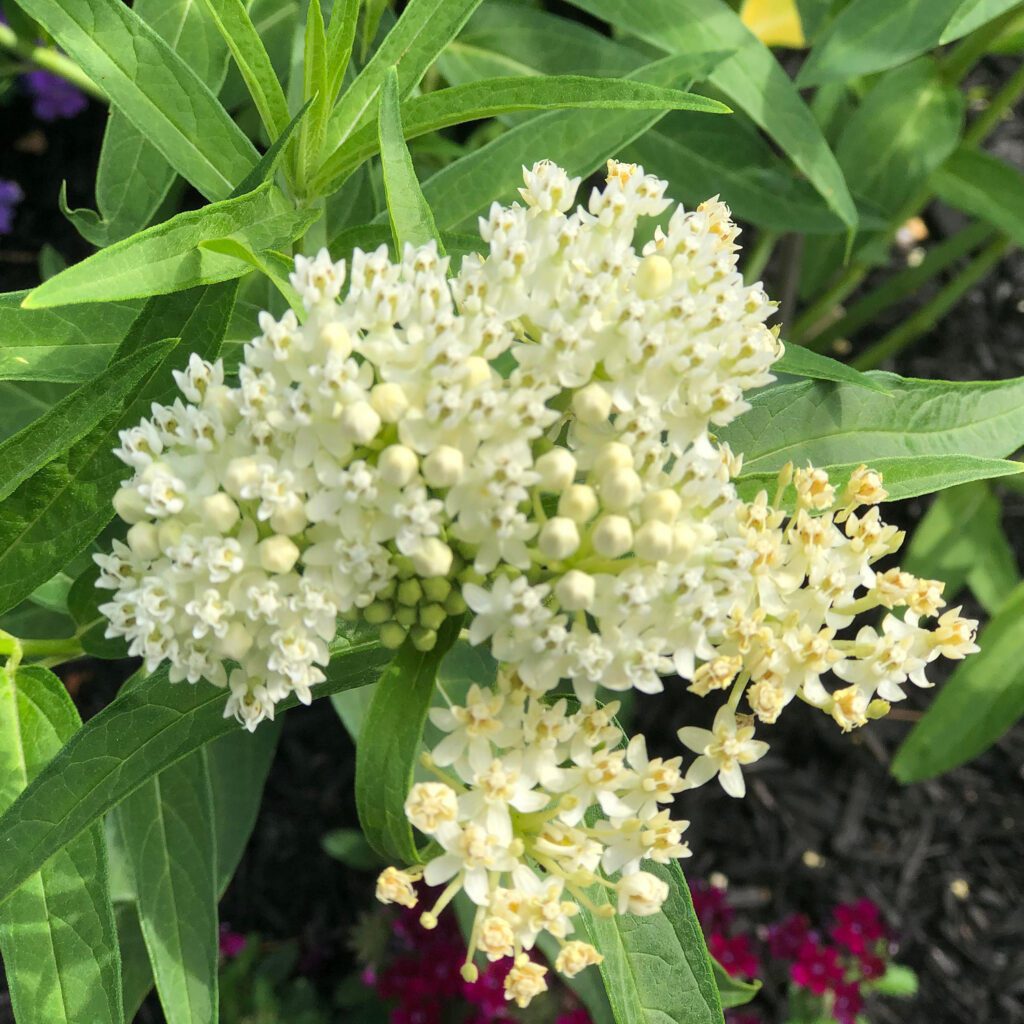
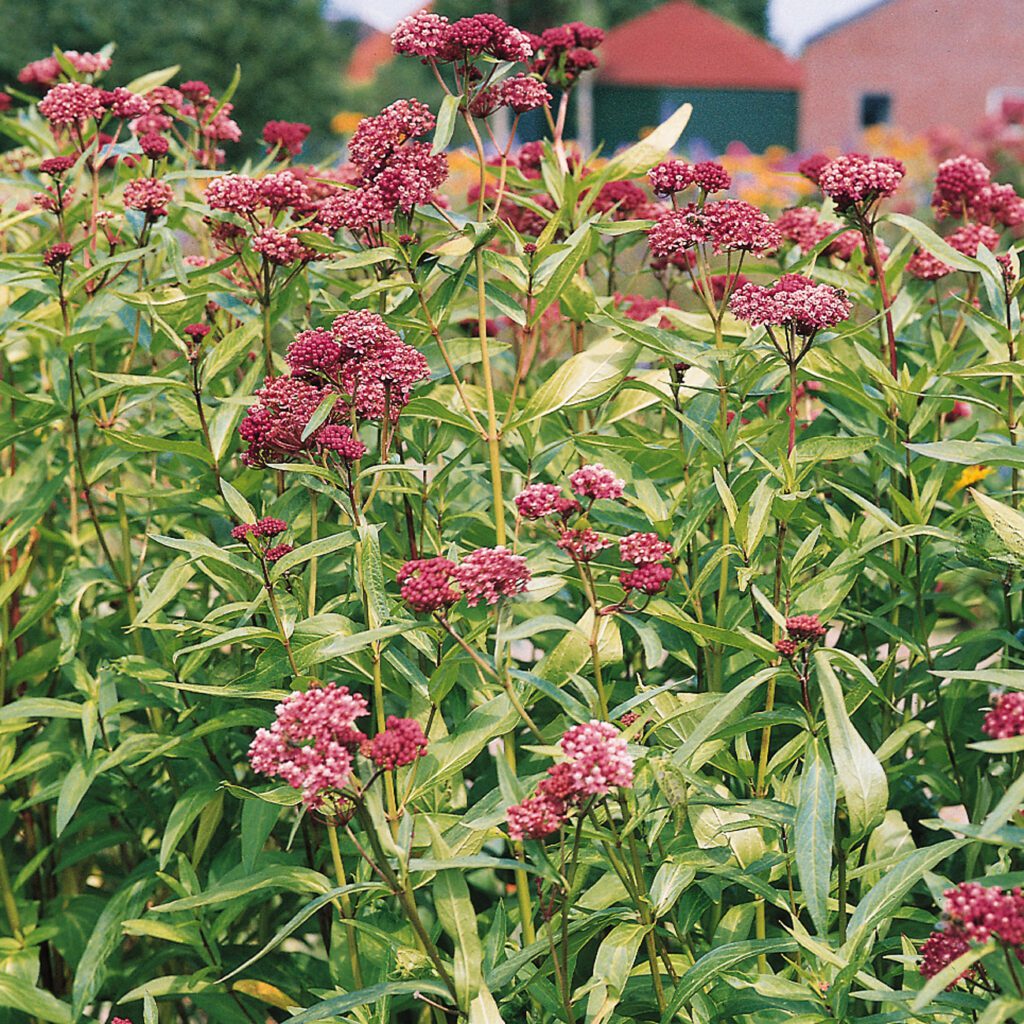
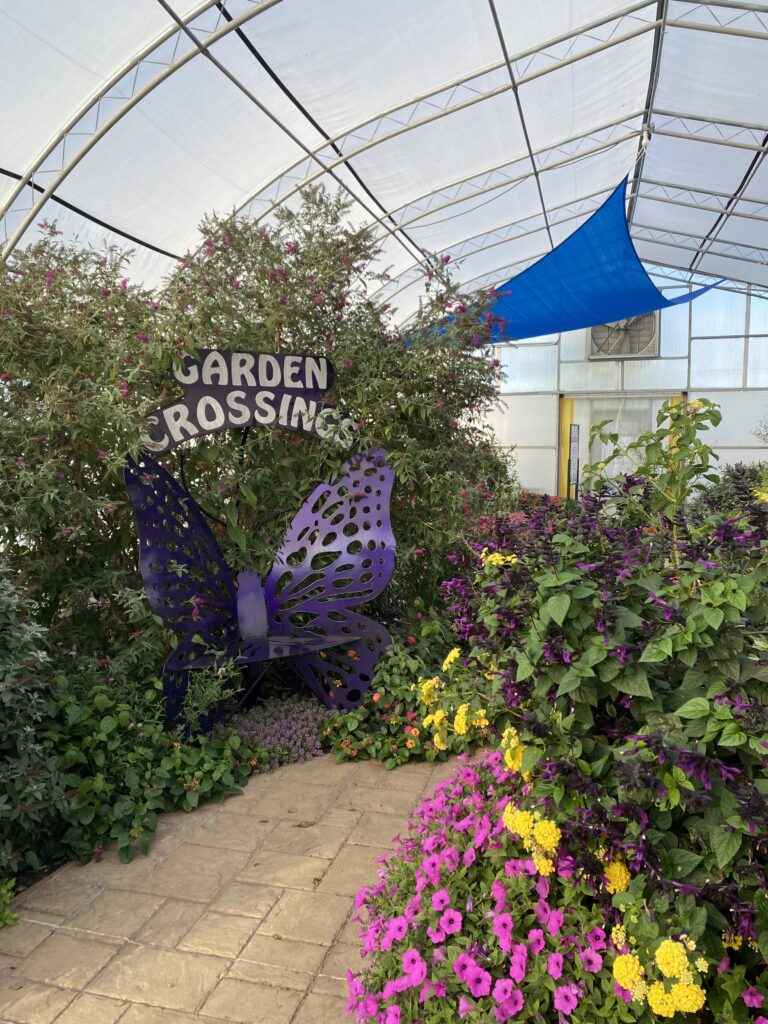
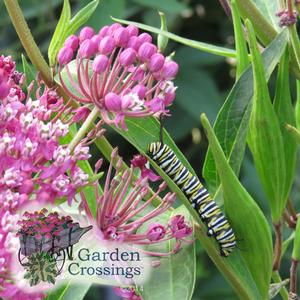 There has been alot of talk over the past few years about the decline of habitat for the Monarch Butterfly thus resulting in fewer and fewer Monarch butterflies. As a gardener myself, and if you are reading this you probably are also, let’s do our part by creating our own Monarch habitat in our garden spaces.
There has been alot of talk over the past few years about the decline of habitat for the Monarch Butterfly thus resulting in fewer and fewer Monarch butterflies. As a gardener myself, and if you are reading this you probably are also, let’s do our part by creating our own Monarch habitat in our garden spaces.